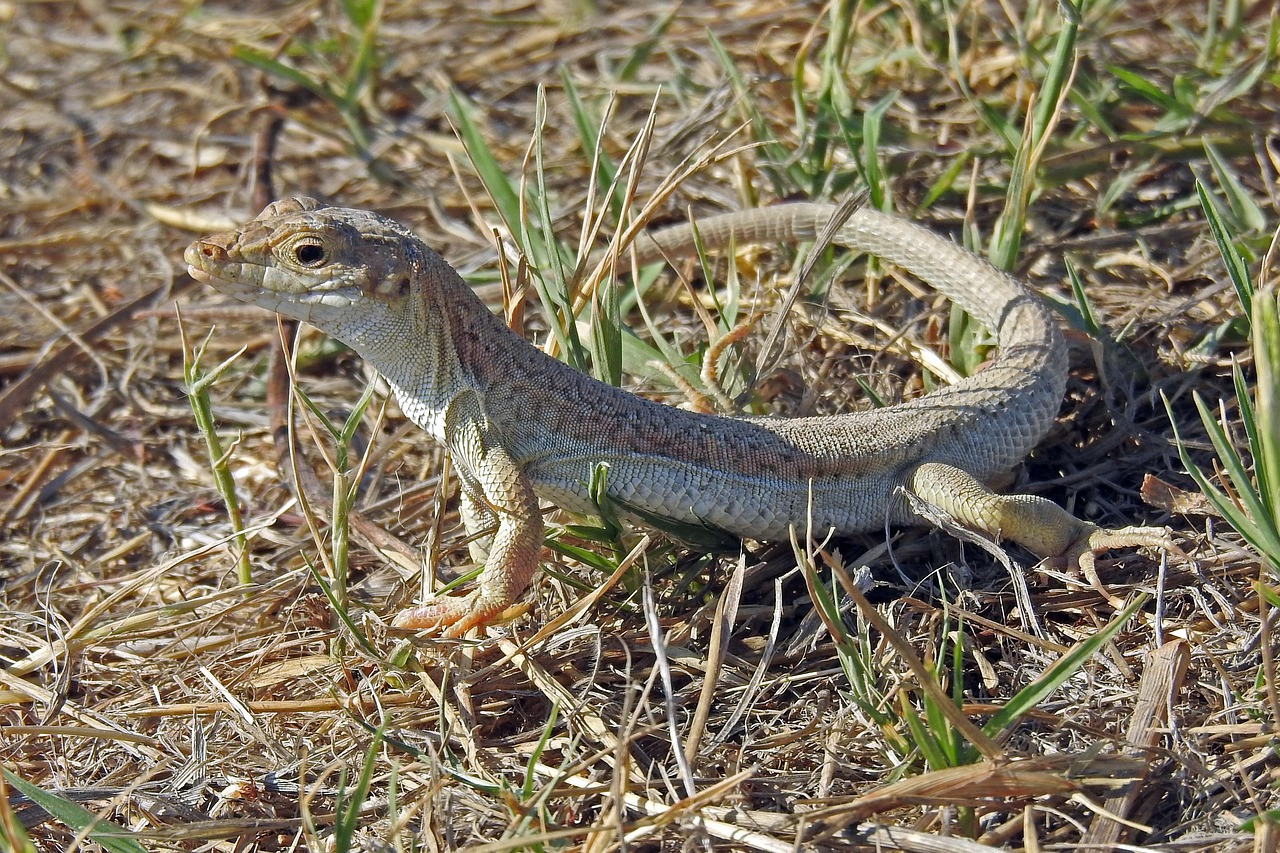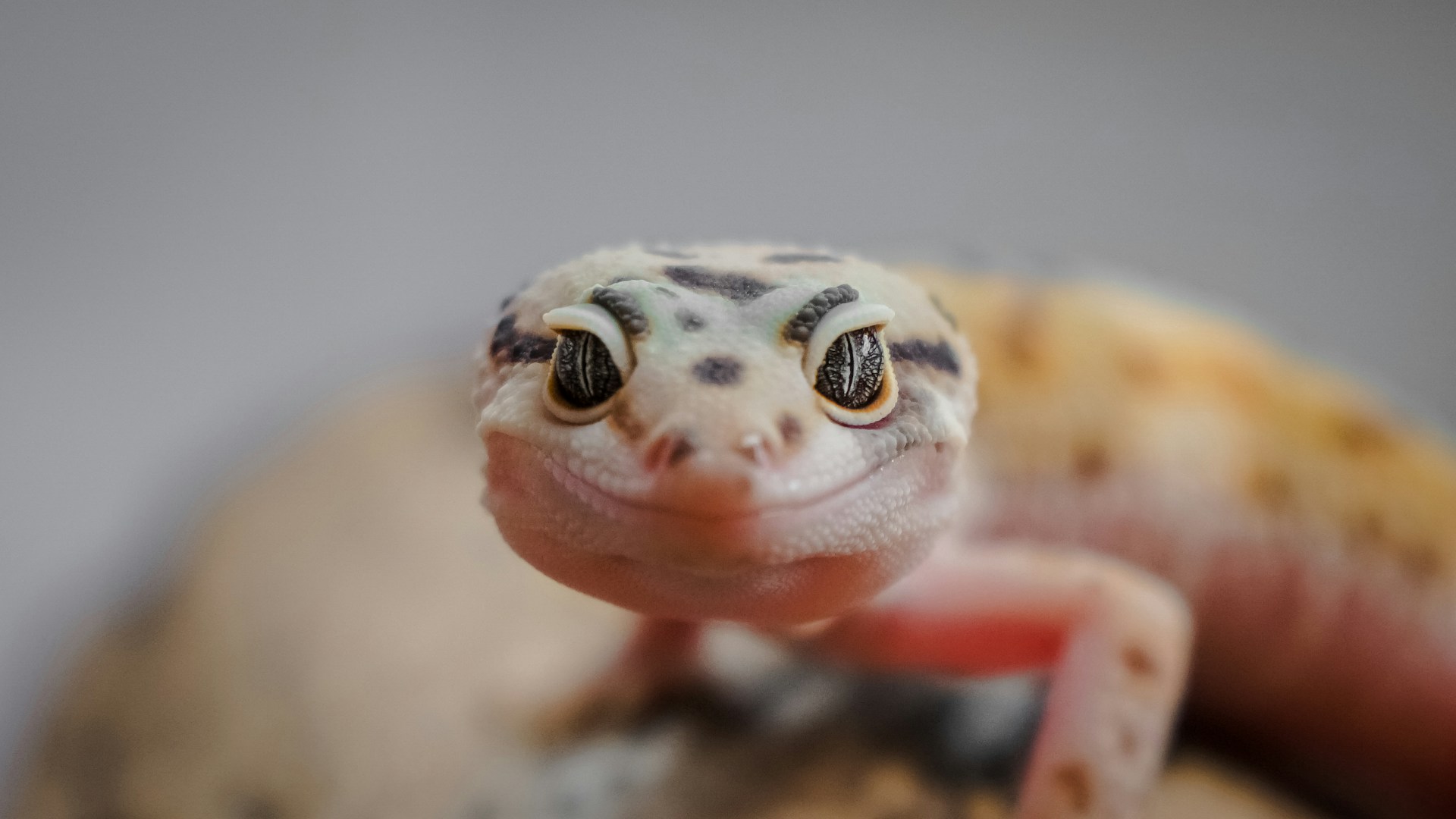Racing across the scorching desert sands at speeds that would leave most reptiles in the dust, the fastest lizard in the world exemplifies nature’s remarkable engineering. While many lizards prefer to bask lazily in the sun or skulk beneath rocks, this lightning-quick reptile has evolved specifically for velocity, transforming the challenges of its harsh environment into advantages. Its remarkable adaptations and behaviors have fascinated scientists and nature enthusiasts alike, offering insights into how evolution shapes creatures to fill specific ecological niches. Join us as we explore the extraordinary world of this speed demon of the reptile kingdom – a creature literally built for speed from its streamlined body to its specialized metabolism.
Meet the Fringe-Toed Lizard: The Desert’s Speed Champion
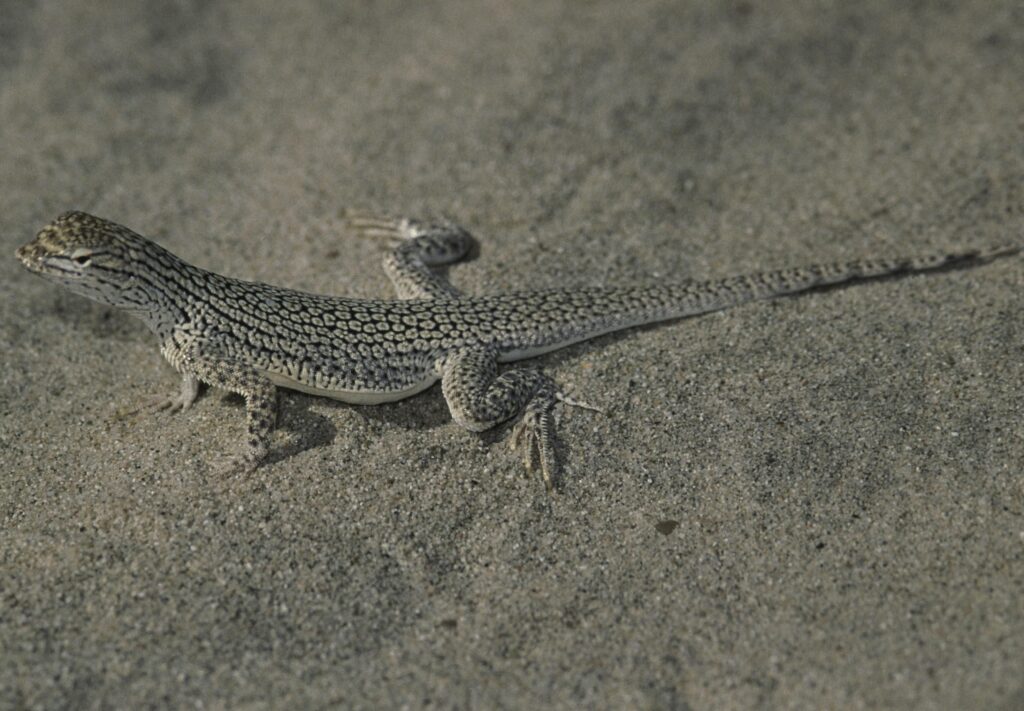
The Uma genus, particularly the Coachella Valley fringe-toed lizard (Uma inornata), holds the title for the world’s fastest lizard, capable of reaching speeds up to 15 miles per hour. These remarkable reptiles are native to the desert regions of southwestern North America, particularly the sandy dunes of California, Arizona, and northern Mexico. Their incredible speed isn’t just an impressive feat—it’s a crucial survival mechanism in their harsh, predator-filled environment. Unlike many reptiles that rely on camouflage or defensive displays, these lizards have evolved with speed as their primary defense, allowing them to disappear in a sandy blur when threatened.
The Physics of Lizard Speed: How They Break Records
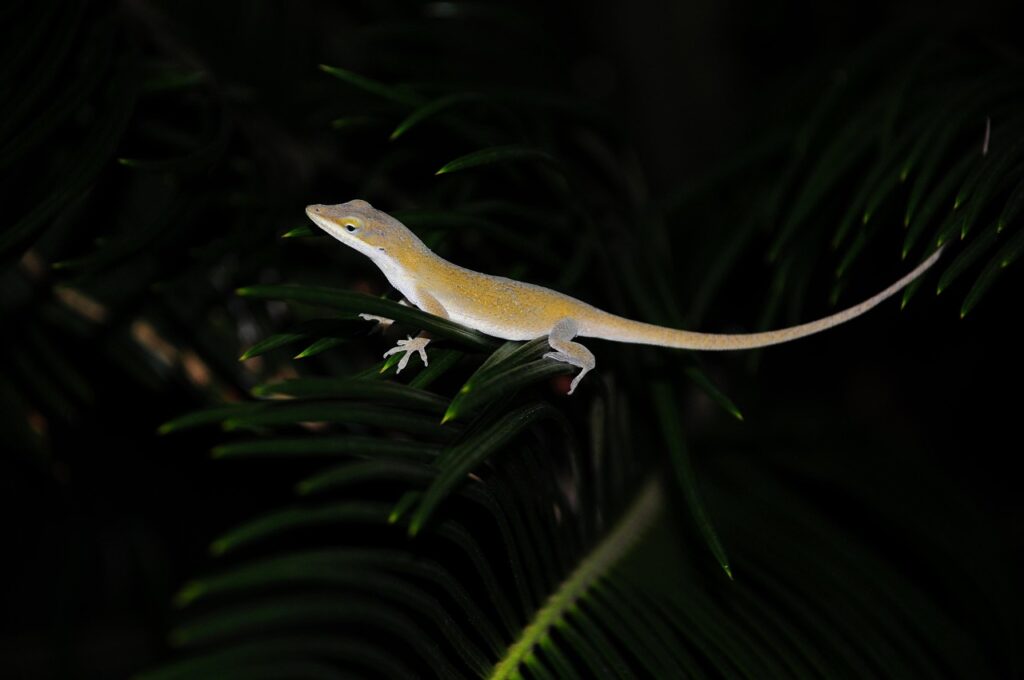
The extraordinary speed of fringe-toed lizards comes down to biomechanics optimized through millions of years of evolution. Their lightweight bodies minimize mass that needs to be accelerated, while their powerful hind legs provide explosive propulsion similar to coiled springs releasing energy. When running at top speed, these lizards actually adopt a bipedal stance, lifting their front legs off the ground and running exclusively on their hind limbs—a technique that increases their stride length and reduces drag. Scientific studies have revealed that these lizards can accelerate from 0 to 15 mph in less than a second, demonstrating G-forces that would be impressive even by mechanical standards. This acceleration capability often makes the difference between life and death when predators strike.
Sand-Adapted Feet: Nature’s Perfect Running Shoes
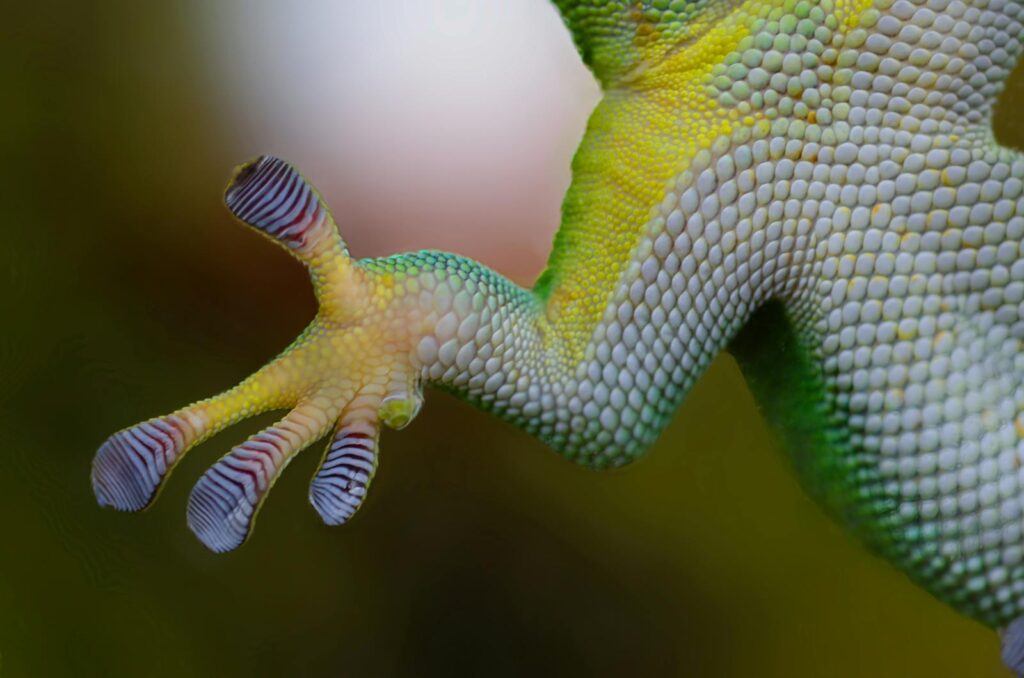
The secret to maintaining traction on loose sand lies in the fringe-toed lizard’s most distinctive feature—its specialized feet. Each toe is adorned with elongated scales that form comb-like fringes, effectively increasing the surface area of each foot and preventing the lizard from sinking into soft sand. These natural “snowshoes” distribute the lizard’s weight across a greater area, allowing it to maintain traction on surfaces where most other animals would stumble or slow down. The fringed toes also function like miniature paddles, helping the lizard “swim” through loose sand when necessary or even dive beneath the surface to escape predators or extreme temperatures. This adaptation represents one of the most elegant solutions in nature to the challenge of moving quickly across unstable terrain.
Streamlined Body Design: Built for Minimal Resistance
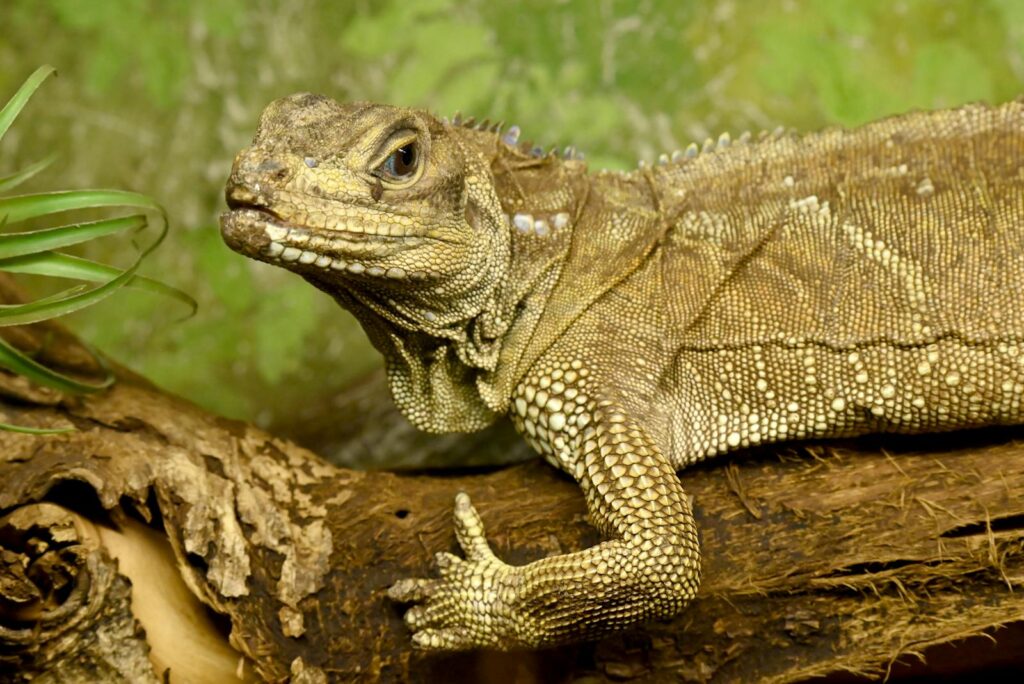
Everything about the fringe-toed lizard’s body is designed to minimize air and sand resistance during high-speed runs. Their bodies feature a tapered, aerodynamic shape with a pointed snout that reduces frontal drag as they sprint across the dunes. Unlike many lizard species that have prominent dorsal crests or spines, fringe-toed lizards have smooth body contours that won’t catch the wind or create turbulence during rapid movement. Their scales are particularly smooth and overlapping, creating a nearly frictionless surface that further reduces drag. Even their eyes are protected by specialized movable eyelids and transparent scales that act like built-in goggles, allowing clear vision while preventing sand damage during high-speed runs across abrasive terrain.
Thermal Regulation: Maximizing Speed in Extreme Heat

Unlike mammals that must maintain constant body temperatures, fringe-toed lizards use the desert heat to their advantage through careful thermoregulation. They’re ectothermic (cold-blooded), but have evolved to perform optimally at body temperatures between 100-108°F (38-42°C)—temperatures that would cause heat stress in many other animals. Their speed peaks during the hottest parts of the day when their muscles reach ideal operating temperatures, giving them a performance advantage over predators that might overheat during extended chases. When temperatures become too extreme, they employ a behavior called “thermal shuttling”—briefly burying themselves in cooler sand below the surface before emerging to continue their activities. This thermal balancing act allows them to maintain peak performance in an environment where temperatures regularly exceed 120°F (49°C).
Sand-Swimming: The Underground Escape Artist

Perhaps one of the most remarkable abilities of fringe-toed lizards is their capacity to “swim” through sand when necessary, using a technique called sand-diving. When threatened and unable to outrun a predator, these lizards can plunge into loose sand and rapidly wiggle their bodies in a wave-like motion that propels them beneath the surface. This escape mechanism is facilitated by their wedge-shaped heads that act like shovel blades, helping them penetrate the sand quickly while their streamlined bodies follow. Within seconds, they can disappear completely from sight, leaving no trace of their location on the surface. Some individuals have been observed diving to depths of up to 6 inches (15 cm) in fine sand, where they can remain motionless and hidden until the threat passes.
Visual Processing: Seeing at High Speeds
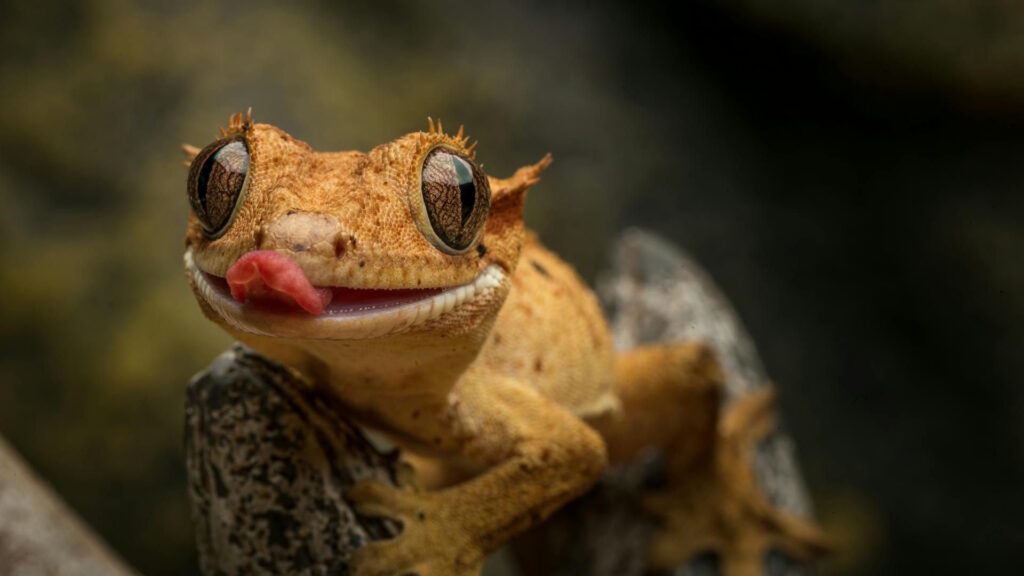
Running at 15 mph requires not just physical adaptations but neurological ones as well, particularly in visual processing. Fringe-toed lizards possess exceptional visual acuity and processing speed that allows them to navigate complex terrain while moving at full velocity. Their eyes can detect movement from great distances and process visual information much faster than human eyes, similar to how high-speed cameras work. This rapid visual processing prevents motion blur and allows the lizard to make split-second adjustments to avoid obstacles or change direction. Additionally, their eyes are positioned high on their heads, providing nearly 360-degree vision that helps them spot aerial predators like hawks while maintaining awareness of ground-based threats such as snakes and mammals.
Energy Efficiency: The Metabolic Marathon Runner
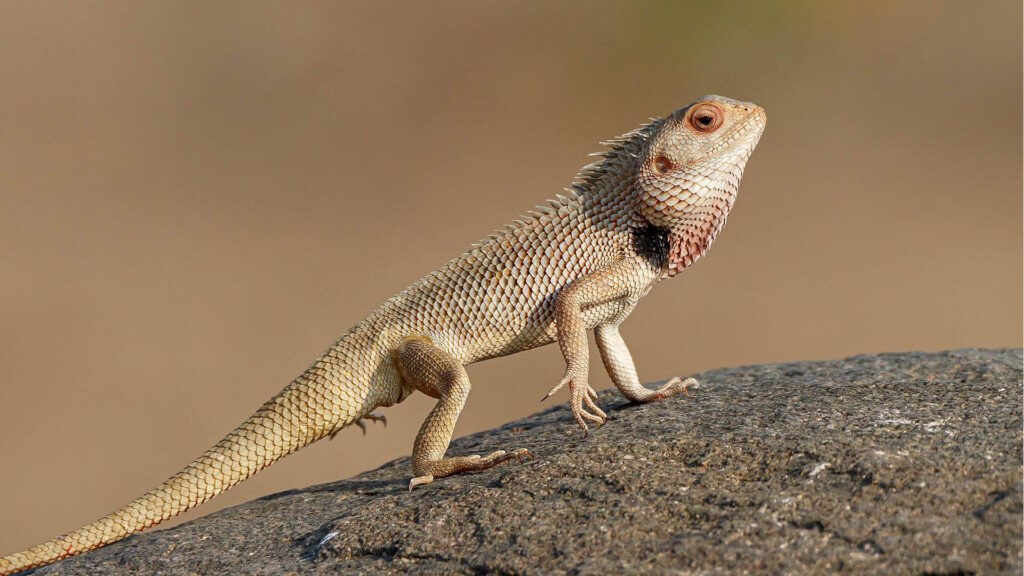
Despite their incredible bursts of speed, fringe-toed lizards are remarkably energy-efficient runners compared to many other animals. Their locomotive efficiency stems from a combination of lightweight bodies, optimized muscle fiber composition, and specialized energy storage mechanisms in their tissues. Unlike mammals that quickly build up oxygen debt during sprinting, these lizards can maintain relatively high speeds for longer periods before fatigue sets in. Research has shown that their muscles contain high concentrations of specialized proteins that store and release energy rapidly, allowing for repeated sprints with minimal recovery time. This efficiency is crucial in an environment where food resources are scarce and every calorie saved represents a significant survival advantage.
Predator Evasion Tactics: More Than Just Speed
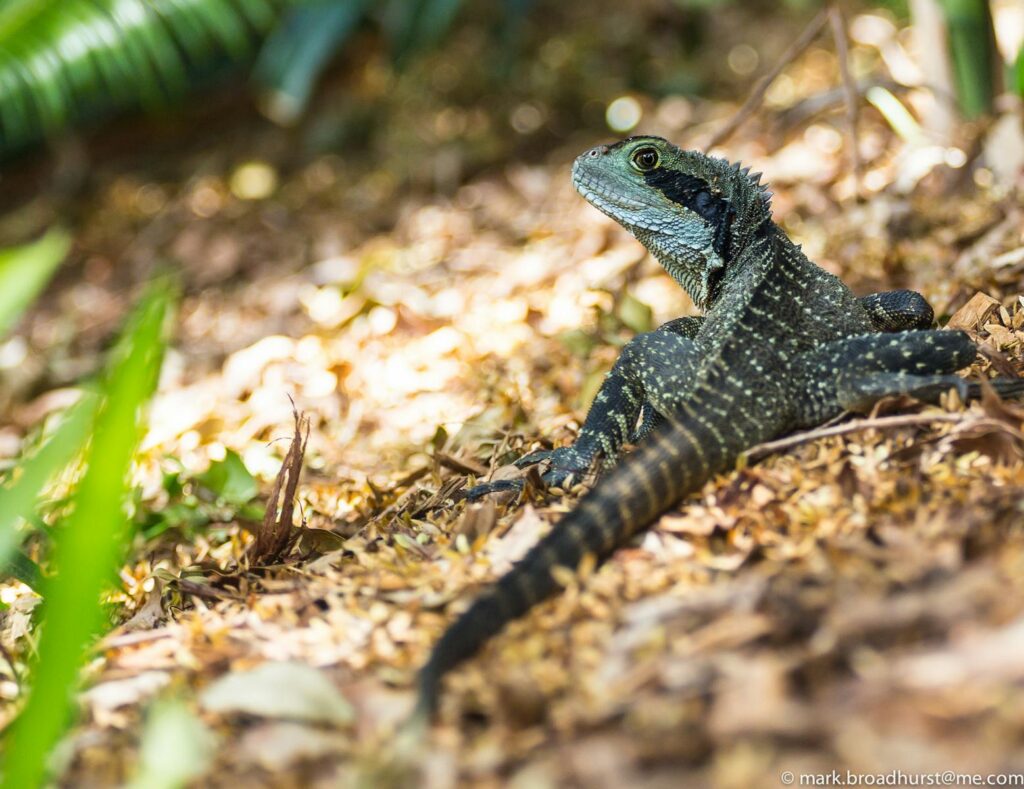
While raw speed is their primary defense, fringe-toed lizards employ several sophisticated tactics to maximize their survival chances when pursued. They frequently run in zigzag patterns rather than straight lines, making it difficult for predators to anticipate their movements or intercept them. When running at full speed, they often make sudden, unpredictable stops and directional changes that leave pursuers overshooting their position. Some individuals will run directly toward areas of loose sand where their specialized feet give them a traction advantage over predators. Perhaps most impressively, they can assess the pursuit capability of different predators and adjust their escape strategy accordingly—using brief sprints for slower predators while deploying full-speed runs with sand-diving against faster threats.
Comparing Speed: Lizards vs. Other Animals
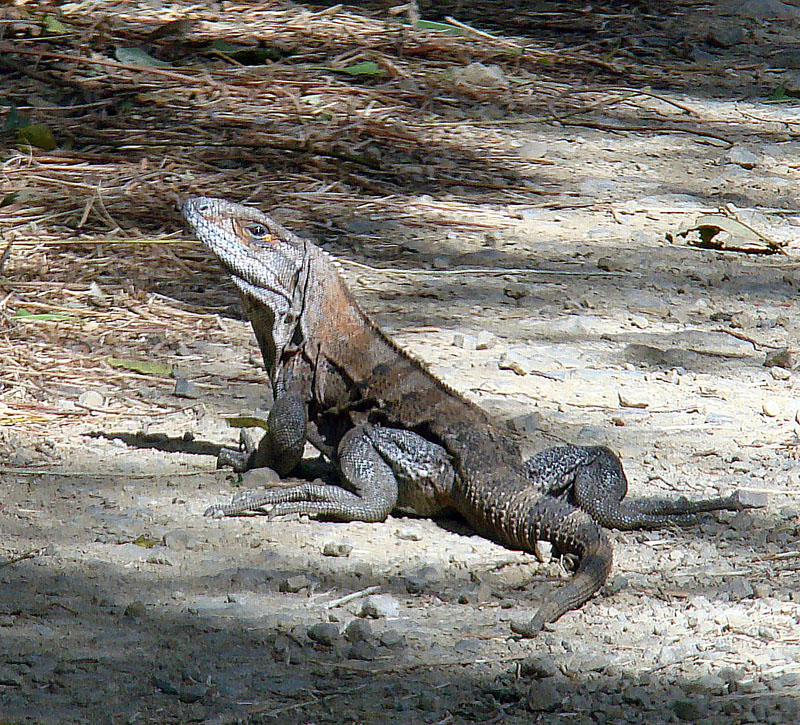
When compared to other animals, the fringe-toed lizard’s speed is even more impressive considering its small size. While its absolute speed of 15 mph doesn’t match that of cheetahs (70 mph) or falcons (240 mph diving), its body-length-per-second ratio is among the highest in the animal kingdom. A 6-inch fringe-toed lizard covering 15 mph moves at approximately 50 body lengths per second—faster than a cheetah at full sprint (about 16 body lengths per second). Among reptiles, few can match this velocity, with only certain species of racerunners (Cnemidophorus) coming close at 12-13 mph. Common lizards like bearded dragons typically reach only 7-9 mph, while the famous Komodo dragon, despite its fearsome reputation, maxes out at a relatively pedestrian 13 mph in short bursts.
Habitat Loss: The Greatest Threat to Speed
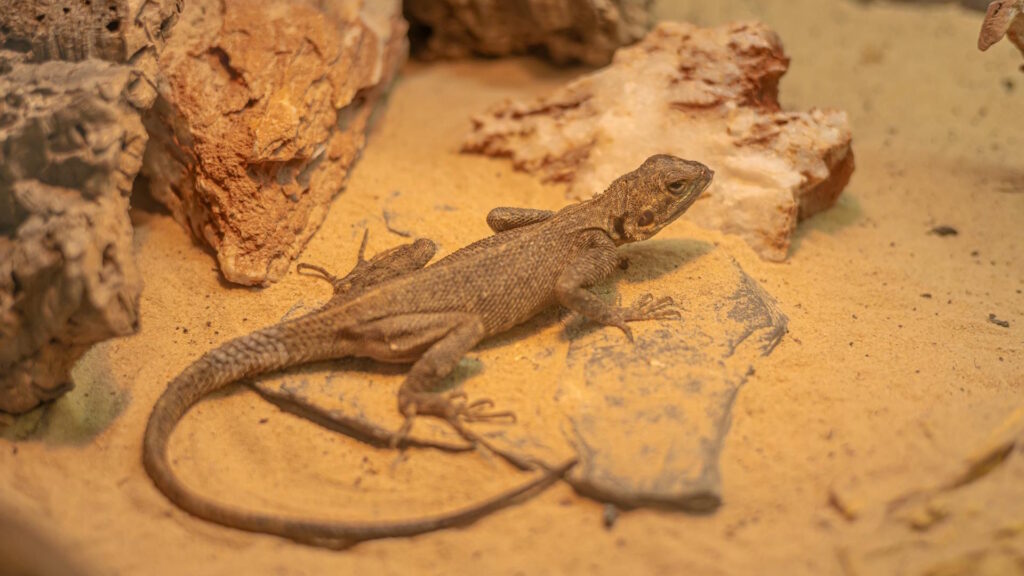
Despite their remarkable adaptations, fringe-toed lizards face a significant threat that even their speed cannot overcome: habitat destruction. The specialized sand dune ecosystems they depend on are increasingly fragmented by urban development, agriculture, off-road vehicle recreation, and invasive plants that stabilize dunes. The Coachella Valley fringe-toed lizard is currently listed as endangered, with over 95% of its original habitat already lost or degraded. These lizards cannot simply relocate to any sandy area as they require specific dune formations with the right sand grain size and composition to enable their specialized running and sand-diving behaviors. Conservation efforts now focus on preserving remaining dune systems and creating protected corridors between isolated populations to prevent genetic bottlenecks that could further threaten these speed specialists.
Studying Speed: Scientific Research and Discoveries
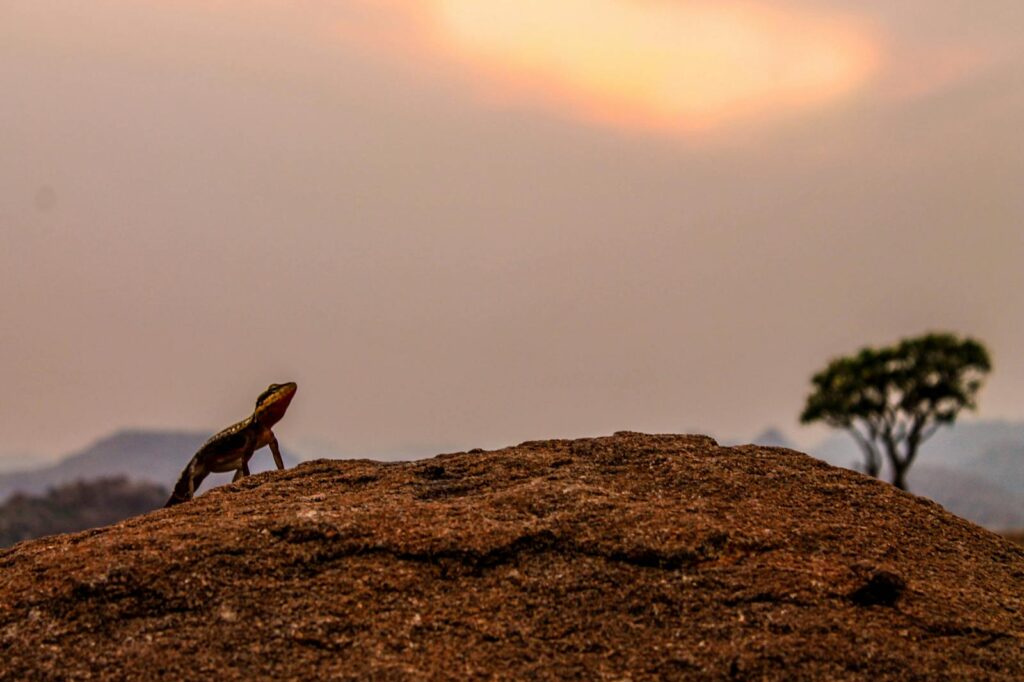
The exceptional speed capabilities of fringe-toed lizards have made them valuable subjects for scientific research across multiple disciplines. Biomechanics researchers study their movement patterns to understand the physics of high-speed locomotion on unstable surfaces, with applications ranging from robotics to sports science. Evolutionary biologists examine how their speed adaptations developed in response to environmental pressures, providing insights into adaptation rates and specialized niche development. Most recently, materials scientists have taken interest in the structure of their toe fringes, seeking inspiration for new footwear designs that could improve human traction on sand or snow. High-speed cameras capturing their movements at thousands of frames per second have revealed previously unknown aspects of their locomotion, including subtle weight shifts and tail movements that help maintain balance during rapid direction changes.
Conservation Success Stories: Racing Against Extinction
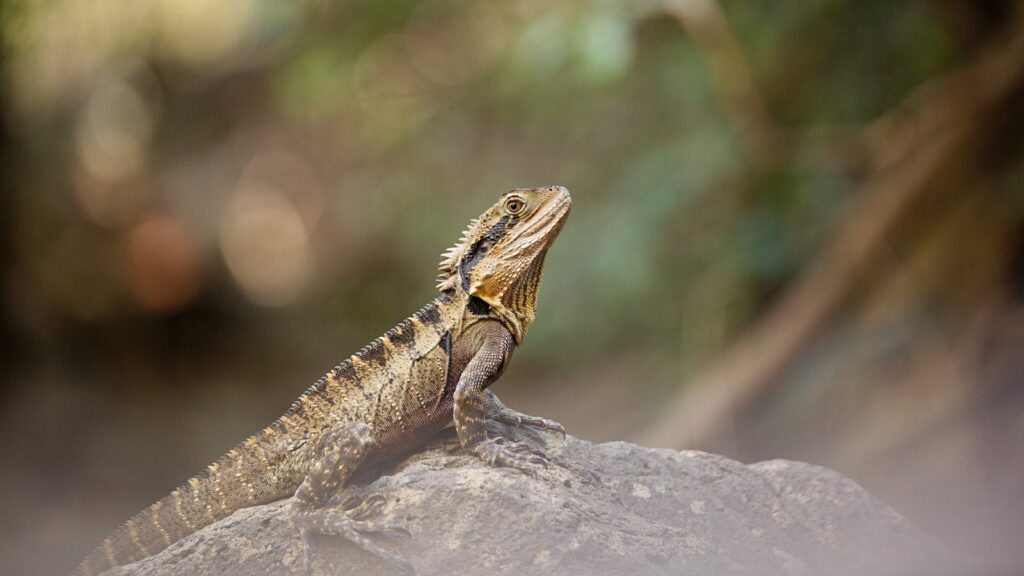
Despite the challenges facing fringe-toed lizards, there have been notable conservation successes that offer hope for these speed specialists. The establishment of the Coachella Valley Preserve System in California has protected over 20,000 acres of critical habitat, allowing populations to stabilize in protected areas. Innovative conservation techniques, such as sand transfer programs that maintain dune dynamics despite surrounding development, have helped preserve the specific habitat conditions these lizards need. Captive breeding programs maintain genetic reservoirs for potential reintroduction efforts, while public education campaigns have increased awareness about the ecological importance of seemingly “barren” desert dune systems. Though their long-term survival remains uncertain, these conservation efforts demonstrate that with proper management and protection, even highly specialized species can persist alongside human development.
Conclusion

The fringe-toed lizard stands as a testament to evolution’s ingenuity – a creature so perfectly adapted to its environment that it transforms the challenges of desert living into competitive advantages. From its specialized fringed toes to its thermal regulation capabilities, every aspect of this remarkable reptile has been fine-tuned for maximizing speed on the shifting sands of its home. As we continue to study these lightning-fast lizards, we not only gain insights into biomechanics and adaptive evolution but also reminders of nature’s elegant solutions to environmental challenges. In a world of increasing habitat loss and climate change, preserving the specialized environments that support such remarkable specialists becomes not just a conservation priority, but an opportunity to ensure that future generations can witness one of nature’s most impressive speed demons in action.

